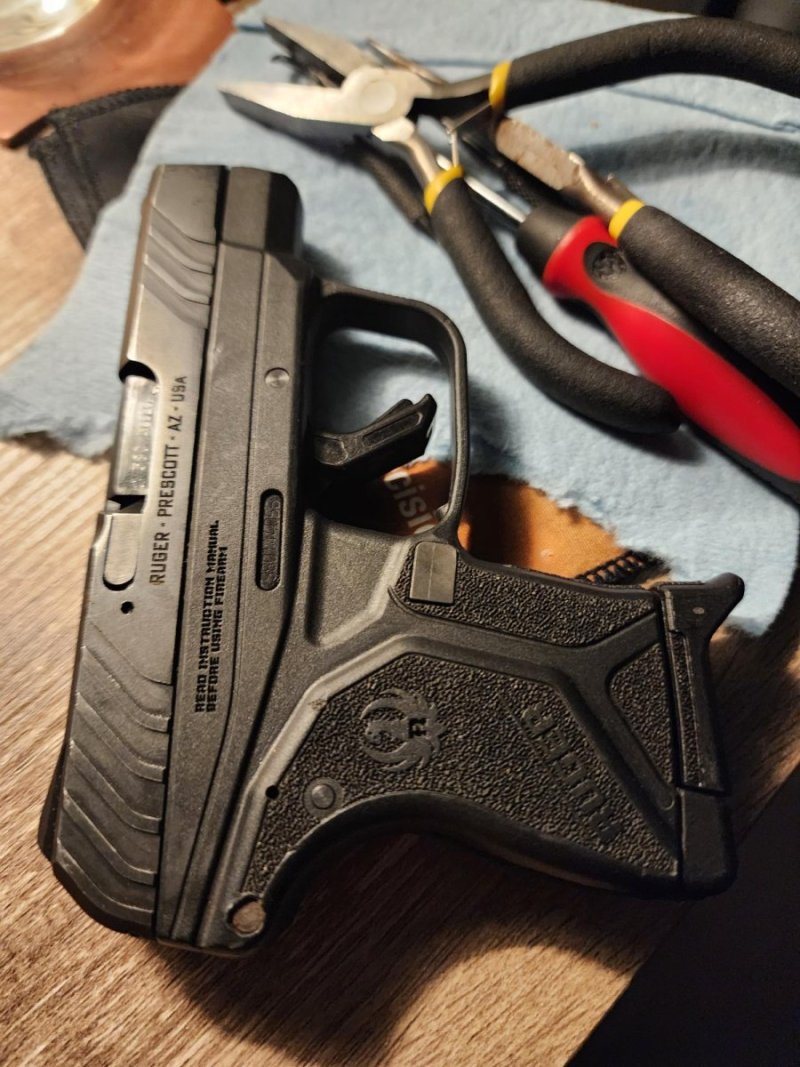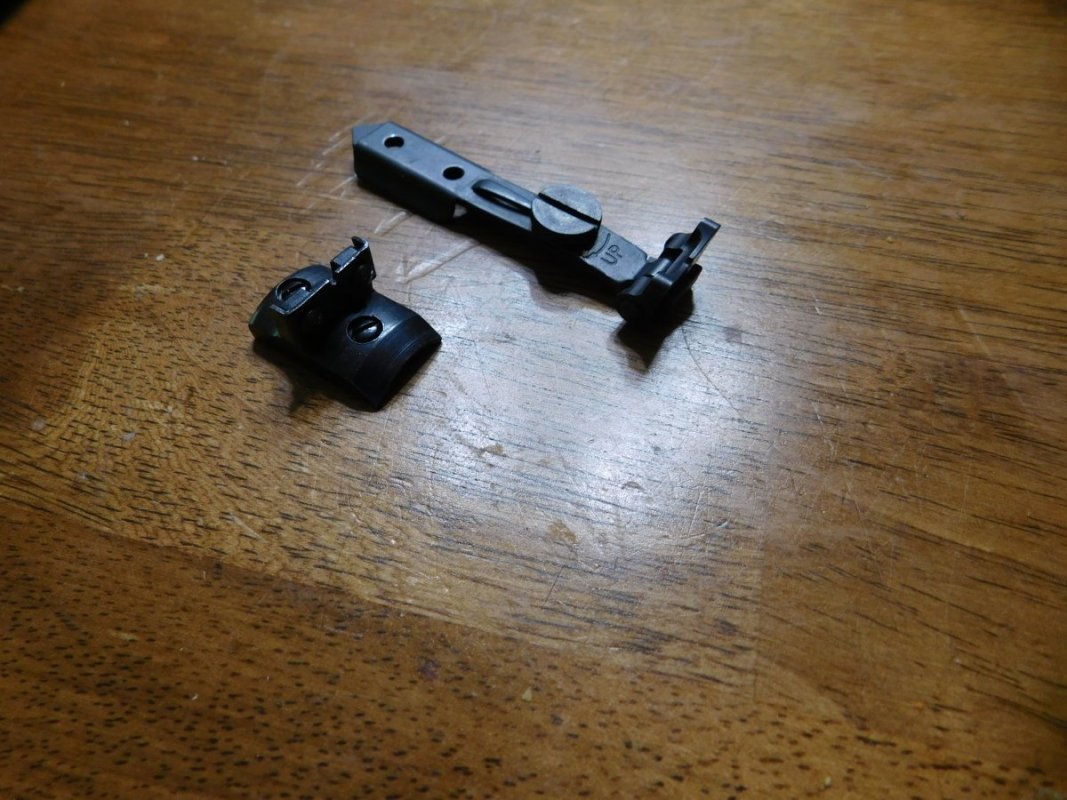When your local LE has to use a junk upper on duty, because it's that or nothing at all, you fix it and hope it gets put to good use one day.

Great example of what can go wrong with something as simple as a gas block install. Nitride barrel, cheapo low profile gas block with cup tipped screws. The barrel is so hard that the screws can't bite into it. So it moved forward and the gun became a one-shot wonder. Removed gas block, dimpled barrel, replace screws with aggressive knurl tipped screws, reinstall with red loctite. It's not going anywhere now!

Great example of what can go wrong with something as simple as a gas block install. Nitride barrel, cheapo low profile gas block with cup tipped screws. The barrel is so hard that the screws can't bite into it. So it moved forward and the gun became a one-shot wonder. Removed gas block, dimpled barrel, replace screws with aggressive knurl tipped screws, reinstall with red loctite. It's not going anywhere now!




















